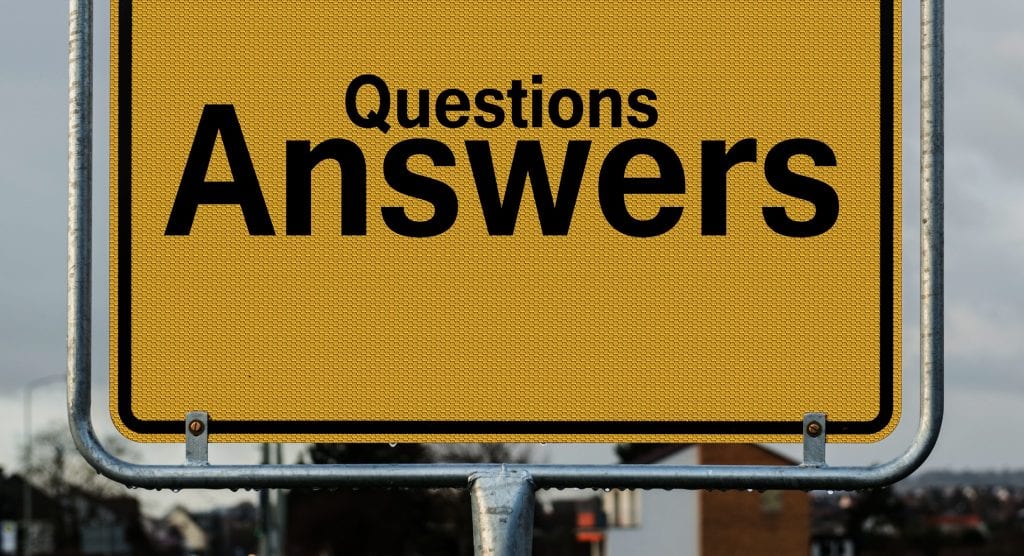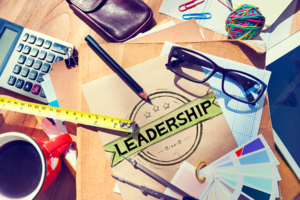Increasingly, equity is finding its way into conversations, organizations, and acronyms across the world.
The term DE&I may be new in corporate spaces, but the concept of equity has deep roots, and forward-thinking organizations are beginning to factor it into their people practices and systems.
But there’s a lot of noise, and many misconceptions about what equity means, and how it applies to organizations. As a result, many business leaders aren’t quite sure how to define, develop, or deploy the “E” in DE&I.
NLI can help you reduce some of the noise by following the science.
Below we’ve answered some common questions about equity and offered insight into how organizations can incorporate it in their DE&I strategy.
Why is equity becoming a bigger part of the global conversation?
Systemic inequities exposed (and exacerbated in many cases) by the pandemic, coupled with a renewed and intensified national conversation on racial injustice, have contributed to the current focus on equity.
A recent survey conducted by JUST Capital and The Harris Poll reported that 79% of employees believe it’s important for large companies to promote racial diversity and equity in the workplace; 64% believe organizations should be doing more to promote equity.
And JUST Capital is both holding up a mirror and holding corporations accountable for acting on these sentiments. They recently launched a Corporate Racial Equity Tracker to measure key DE&I measures in major companies.
What is equity?
Let’s start with some definitions. Equity is defined as “the absence of systematic disparities … between groups with different levels of underlying social advantage/disadvantage—that is, wealth, power, or prestige.”
A crucial part of that definition is the word systematic. By systematic, we mean intentional, formal, explicit forms of oppression like the laws enforced during the Jim Crow Era in the American South or the redlining schemes practiced in major northern cities throughout the twentieth century. Systematic oppression is visible, and for the most part, now grossly illegal.
But systematic oppression’s legacy is systemic disparity, which manifests in a number of ways: a dearth of diverse corporate chiefs, worse health outcomes among traditionally underrepresented communities, and the widening generational wealth gap between people of color and white people. Systematic racism is tenacious, embedded into the very institutions and organizations of society, influencing policies and procedures in ways that are invisible to the dominant culture.
Equity seeks to remedy these disparities by taking into account advantage and distributing resources to achieve equal outcomes. But that doesn’t mean equity is equality.
How is equity different from equality?
Often we conflate or confuse the terms equity and equality.
While equality assumes that all people have access to the same advantages and opportunities, equity acknowledges that individuals have varying degrees of access to resources and opportunities and seeks to distribute resources accordingly to achieve equal results.
Put simply, while equality is about sameness, equity is about fairness.
And—most importantly—while equality is aspirational, equity is actionable.
How does equity relate to diversity and inclusion?
This is one of the most common, and important, questions asked by leaders. How does an organization incorporate equity into its D&I practices? We understand it as the following:
- Diversity is about individuals. It’s about creating a workforce of people from different races, cultures, ideologies, sexualities, socioeconomic backgrounds, cognitive processes, approaches to work, etc.
- Inclusion is about the relationship between individuals—that is, how people interact. It’s about creating an organization where all voices are invited to contribute, by sharing their individual and diverse ideas and discussing the ideas of others, and where the goals of the company reinforce that everyone has an important part to play.
- Equity acknowledges—and seeks to address—systemic inequity. The benefits of a diverse and inclusive workforce—increased engagement, improved financial performance, and reduced turnover—are well documented. Institutionalizing equity by developing and deploying policies and procedures that counterbalance varying degrees of advantage can help organizations reap those benefits.
How is equity processed in the brain?
Our brains are highly attuned to social information, and we’re sensitive to five categories of social threat and reward in particular: Status, Certainty, Autonomy, Relatedness, and Fairness. Research shows that when the brain registers a social threat in one of these five domains, it responds similarly to physical pain or disgust. Neuroscientists call it a threat response.
The threat response is both mentally taxing and has a number of performance-limiting effects. The response diverts oxygen and glucose from the blood away from other parts of the brain, including the prefrontal cortex, which processes new information and ideas. This impairs analytic thinking, creative insight, and problem solving.
Inequity is essentially a Fairness threat. It’s genuinely painful and can have a debilitating effect on how we think, work, and communicate.
The perception of being treated unfairly can elicit a reaction similar to feeling disgusted. However, fairness is not about being treated in exactly the same way as everyone else, but about being treated equitably.
Interestingly, research shows that not only do we dislike unfairness when it’s not to our benefit (what researchers call disadvantageous inequity), we dislike unfairness even when it does benefit us (what researchers call advantageous inequity).
In an experiment that bore this idea out, by the behavioral economist George Lowenstein, researchers found that 66% of participants disliked getting more than someone else for doing the same work.
This distaste for unfairness is biological and neurological. It’s been documented in animals like chimpanzees and dogs and in babies as young as twelve months.
It was this disdain for unfairness that moved millions of people to protest racial injustice last summer, and is now animating the global conversation around equity.
How do organizations begin to create equity?
As organizations come to understand the value of equity and its role in DE&I strategy, they’ll naturally ask how to create it. The short answer: allyship.
Allyship is the practice of being aware of one’s advantaged position and using it in a specific domain to actively support and include people in less advantaged positions. In essence, allyship leverages advantage intentionally to create equity. By training and empowering people at all levels of an organization to become allies, we are creating an army of positive change-agents for increasing equity, across, within and outside of an organization.
At NLI, we’ve been reviewing the research around allyship for over two years, and have distilled the science into actionable steps leaders can take to transform their organizations to meet employees’ expectations of more equitable and inclusive workplaces.






